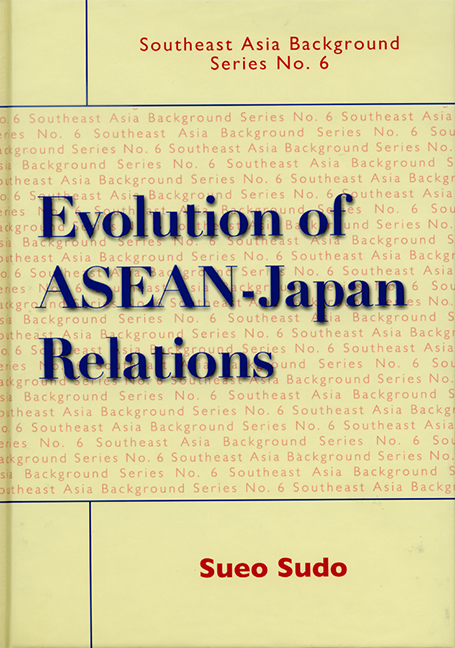5 - ASEAN+3: A New Phase?
Published online by Cambridge University Press: 21 October 2015
Summary
The ASEAN+3 (China, Japan, South Korea) framework emerged from an increasing drive among the East Asian countries to learn from the currency and financial crisis and strengthen regional cooperation. Since ASEAN and APEC could not deal with the financial crisis, Asian leaders turned to East Asian instead of Asia-Pacific cooperation. As we have seen, the first summit took place in December 1997, with leaders agreeing at the second summit in December 1998 to regularize the event. Since some countries in the region were reluctant to commit themselves to cooperation in East Asia, the ASEAN+3 began in quite a low-key way. No joint statement was launched. Moreover, the term “ASEAN+3” was cautiously and rarely used in the first two meetings, much less in the agenda for the meeting. It was only after the ASEAN+3 meeting of finance ministers in March 1999 that the term “ASEAN+3” was widely used. Let us look more closely how this process has been evolving.
At the third meeting in November 1999, thirteen leaders for the first time adopted the “Joint Statement on East Asia Cooperation”, in which leaders resolved to promote cooperation in a wide range of areas encompassing monetary and financial cooperation, social and human resources development, scientific and technical development, the cultural and information area, development cooperation, and political-security and transnational issues. Moreover, at this summit, the first dialogue among the leaders of Japan, China and South Korea took place.
The first ASEAN+3 Foreign Ministers' Meeting was held on the margins of the ASEAN PMC in Bangkok in July 2000, mainly to conduct an interim review of the implementation of the Joint Statement. At the meeting, Foreign Minister Yohei Kono called for “open regional cooperation” and a Japan-East Asia Partnership Initiative, identifying human resources development and intra-ASEAN economic disparities as areas of focus. There was also discussion of the Korean Peninsula and Indonesia, with the meeting adopting the Joint Statement of the ASEAN+3 in support of the sovereignty, territorial integrity and national unity of Indonesia.
- Type
- Chapter
- Information
- Evolution of ASEAN-Japan Relations , pp. 53 - 60Publisher: ISEAS–Yusof Ishak InstitutePrint publication year: 2005



